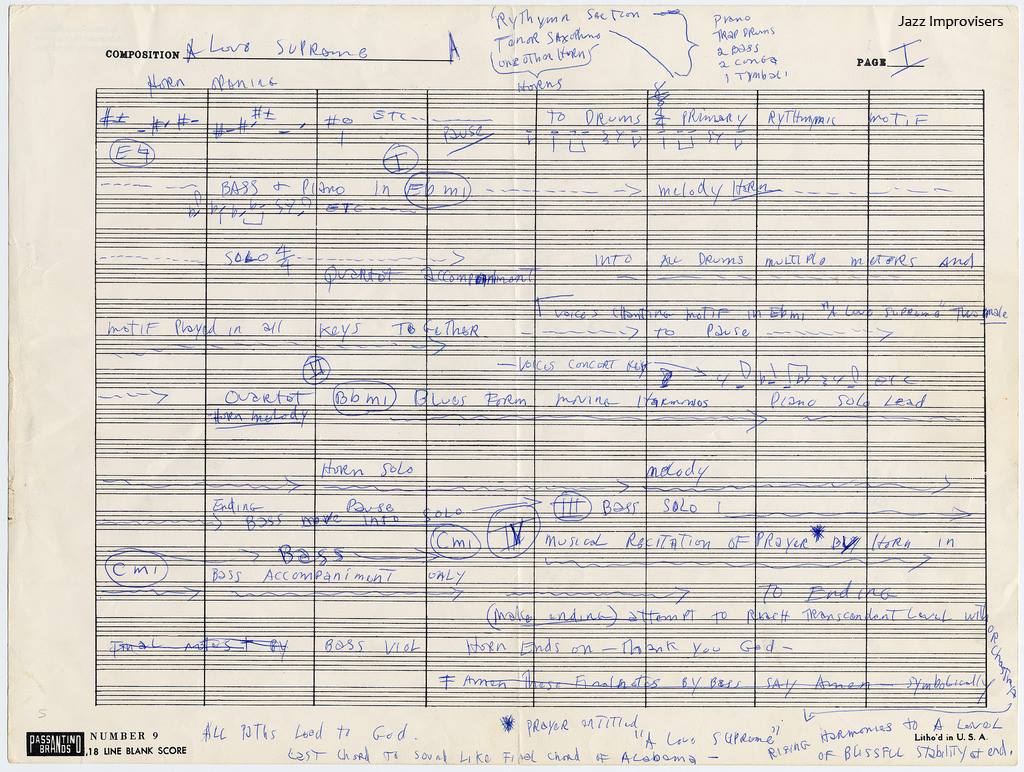Even as an avid horror movie fan, I find it hard to suspend disbelief when Ouija boards show up, and they show up often enough, in classics like The Exorcist and modern favorites like Paranormal Activity. Ouija boards have always seemed more like wands with plastic flowers in them than telegraphs to the afterlife or the infernal abyss. But I grew up with people who considered it a gateway to hell, just as spiritualists have considered it a portal to the beyond, where their dead relatives waited to give them messages.
So, how did this novelty item become such a potent figure of fear and fascination in America? When it was mass-marketed by “a Pittsburgh toy and novelty shop” in the late 19th century, as Linda Rodriquez McRobbie writes at Smithsonian, “this mysterious talking board was basically what’s sold in board game aisles today.” Its advertisements promised “never failing amusement and recreation for all the classes,” and a bridge “between the known and unknown, the material and immaterial.”
The Ouija board might have become a toy by the end of the century, but throughout the earlier decades, belief in the supernatural held serious sway among “all the classes.” The average lifespan was less than 50. “Women died in childbirth; children died of disease; and men died in war. Even Mary Todd Lincoln, wife of the venerable president, conducted séances in the White House after their 11-year-old son died of a fever in 1862.” Disease epidemics and the Civil War left millions bereft.
“Communicating with the dead was common,” says Ouija historian Robert Murch. “It wasn’t seen as bizarre or weird,” even among the staunchest religious people who filled the pews each Sunday. “It’s hard to imagine that now, we look at that and think, ‘Why are you opening the gates of hell?’” These commonly held beliefs may not have damned anyone’s soul, but they made even the rarest minds, like Sherlock Holmes’ creator Arthur Conan Doyle, susceptible to fraud and trickery.
It was only a matter of time before believers in spiritualism became a target demographic for the cheap commodities spreading across the country with the railroads. “People were desperate for methods of communication” with the dead “that would be quicker” than the local medium. “While several entrepreneurs realized that,” McRobbie writes, “it was the Kennard Novelty Company that really nailed it” with their 1886 product. But they didn’t invent it. Such devices date back years earlier.
Some early versions “looked like Ouija boards, and some didn’t,” notes Vox. “Some devices even used planchettes (that’s the name for the thing you hold when you operate a Ouija.” (Planchette, from medieval French, means a small board.) As for the nonsense word “Ouija,” one legend has it that the name came from an 1890 session in which the board was asked what it would like itself to be called. Learn more in the Vox video above about why the Ouija board came to loom so large, or in their words, became so “overrated,” in the American imagination.
Related Content:
Josh Jones is a writer and musician based in Durham, NC. Follow him at @jdmagness



